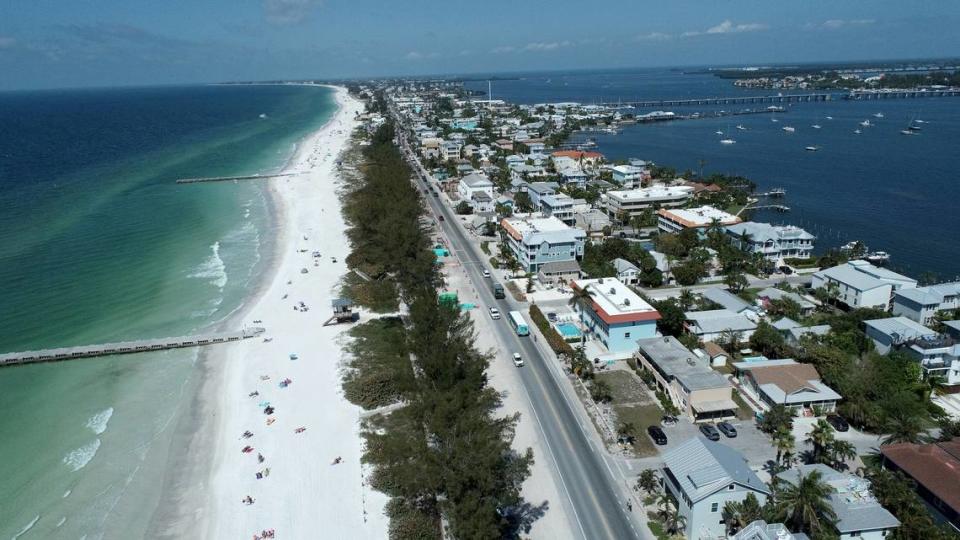On a Florida beach for Easter? What to know about red tide risks on the Gulf Coast
Good news for those who celebrate Easter with a trip to the beach: Red tide levels haven’t gotten worse.
Here’s what to know:
Water quality
Samples: The Florida Fish and Wildlife Conservation Commission said Friday that of 75 samples taken over the past week, the algae that causes red tide was found in the following number of samples:
▪ Two in Manatee County
▪ One in Sarasota County
▪ One in Pinellas County
▪ Seven in Charlotte County
▪ Three in Lee County
Other areas: In Manatee, those positive samples were at the north end of Anna Maria Island and on the bay side near The Rod and Reel Pier. The rest of the island and most of Sarasota County had samples negative for the algae or at background levels. The only sample in the Tampa Bay area that showed high levels was at Treasure Bay Beach in St. Petersburg.

Algae
Levels: Using satellite imagery, the the Florida Fish and Wildlife Conservation Commission reports algae levels are at:
▪ Very low to medium concentrations in Manatee
▪ Background to low concentrations in Sarasota
▪ Background to high concentrations in and offshore of Pinellas
▪ Background to medium concentrations in Charlotte
▪ Background to medium concentrations in Lee
▪ Background to medium concentrations in Collier
▪ Background concentrations offshore of Monroe.
Respiratory report
Areas: Respiratory irritation was reported in Manatee, Sarasota and Collier counties.
More information
Resources: The latest daily sampling report can be found at https://myfwc.maps.arcgis.com/apps/View/index.html and Mote Marine Laboratory’s Beach Conditions Reporting System at https://visitbeaches.org/map
